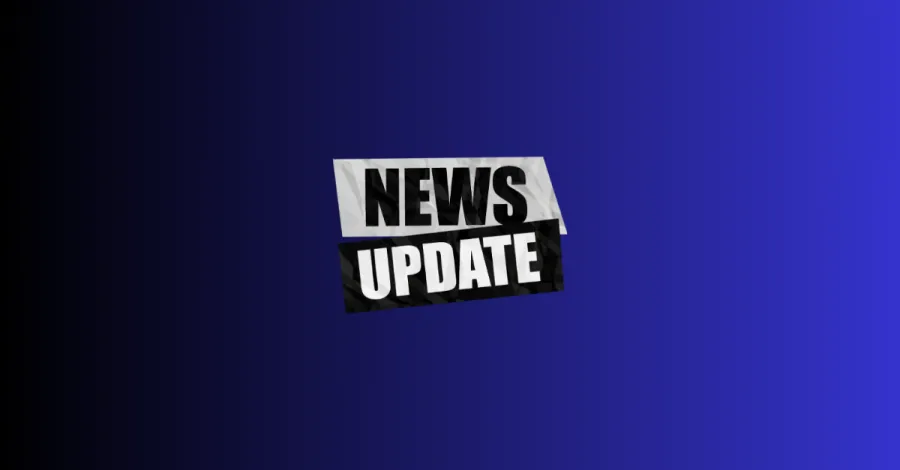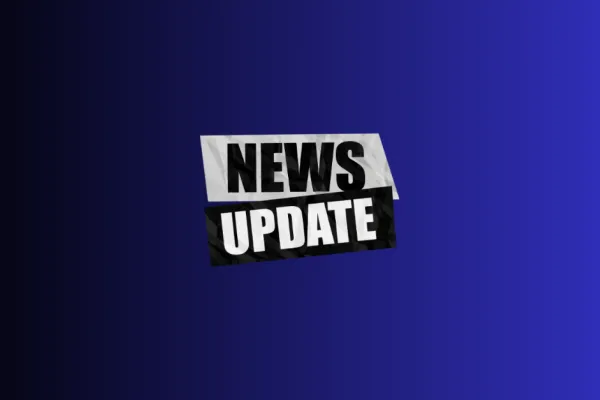Connect Minnesota Releases First Accurate Mapping of State's Broadband Access

Last week, Minnesota took a step in the right direction towards achieving universal broadband access.
Connect Minnesota, under leadership of the Minnesota Department of Commerce, last week released a set of maps profiling the state's broadband Internet access. The group gathered data from more than 95 service providers, "including cable, telephone, wireless internet service providers, rural cooperatives and municipalities." The mapping project concluded that 92 percent of the state has access to broadband.
Most importantly, the map is the first of its kind in Minnesota. It profiles the broadband investments made to date across all of the state, and highlights the underserved areas that are desperately in need of better Internet connections. The project also includes broadband speed by locality, using the FCC's new speed tiers. The collection of the speeds is similar to that of the Speed Matters Report on Internet Speeds in all 50 States.
The map was set in motion with the creation of The Minnesota Ultra High-Speed Internet Task Force in May, on which a Communications Workers of America representative serves.
The project is a work in progress, and will continue to be updated with information from service providers as well as user feedback from across the state.
Connect Minnesota is a nonprofit member of the national organization Connected Nation. Brian Mefford, CEO of Connected Nation, said:
"The federal government has set the expectation that states must be able to illustrate the extent of broadband coverage in order to prioritize broadband stimulus investments for unserved and underserved areas. This map will provide Minnesota the opportunity to emerge as a technology leader among states, becoming one of only a handful of states that have taken this important step."
Like most states, Minnesota has been stung recently by thousands of job losses. Expanding broadband access across the state is a key way to jumpstart the stumbling economy. It creates short-term jobs installing the broadband lines, and long-term jobs that will grow after every Minnesota community has the ability plug in to the global economy. An accurate assessment of existing access is a good first step in getting there.
Once funded the Broadband Data Improvement Act - money for which is included in both the House of Representatives and Senate version of the American Recovery and Reinvestment Act - will fund projects similar to this one nationwide.
Availability Maps (Connect Minnesota)
2008 Report on Internet Speeds in All 50 States (Speed Matters)
Minnesota moves toward a high speed future (Speed Matters)
President Bush signs Broadband Data Improvement Act (Speed Matters)
Proposed Economic Stimulus Plan Includes $6 Billion for Broadband (Speed Matters)
Broadband Brigade members turn out to protect good, union jobs and reliable broadband service
CWA condemns Trump NTIA changes to BEAD funding policies

